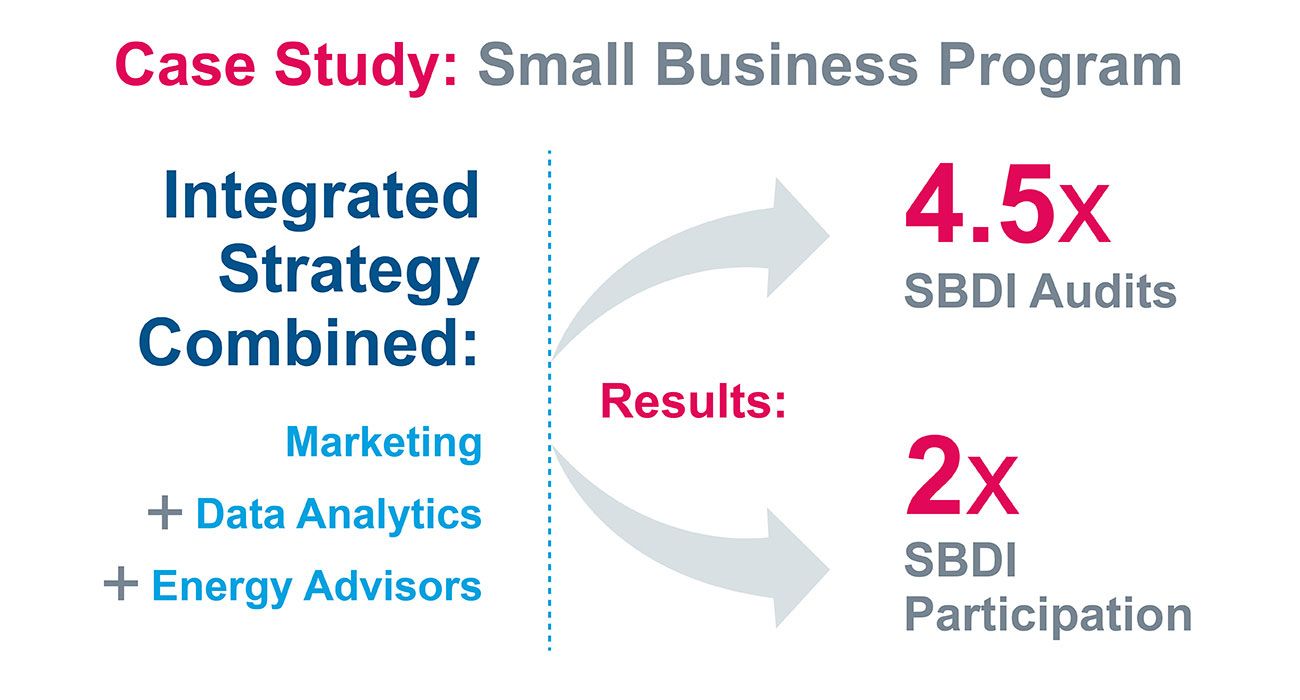
Reinventing the utility customer experience
How more meaningful conversations lead to better customer service and business outcomes
It’s no secret that customer expectations have changed dramatically in the last decade. In a world where customers can buy almost anything with their smartphone and websites seemingly know what people want before they do, is it any wonder that those expectations are bleeding into other industries? If Amazon and Google already know what they need, shouldn’t their utility?
Our on-demand world has trained today’s utility customers to expect instant gratification from almost every product and service. Furthermore, customers have more information at their fingertips than ever before and know how much data companies have collected about them, leading them to anticipate personalized service that provides relevant information and offers at the exact right time.
Utilities are managing this changing dynamic, moving away from merely focusing on customer satisfaction scores to rethinking their entire business philosophy with the customer at the center of business decisions.
A new approach
Technology-enabled self-services that are available 24/7 online or through voice-enabled speakers create a better customer experience for the majority, in addition to reducing calls and costs. However, the customers that still require human interaction now have higher demands and needs.
Meeting the demands of a savvier consumer requires an enhanced level of support. To deliver this heightened level of service, ICF rethought how we provide customer care across the dimensions of people, technology, analytics, and the overall interactive experience. The resulting energy advisory model gives utilities the ability to not just meet, but also exceed expectations.
We have deployed this approach for a number of utility clients in support of their energy efficiency portfolios. The energy advisors have a technical emphasis in building science principals, lead generation, cross-promotion, and sales.
Advisors answer routine and complex program questions via phone or web chat. They also manage appointments, assist contractors with applications, and actively cross-promote other programs. Instead of being reactive, they are proactive and personal in supporting the needs of customers.
For example, we recently completed a small business campaign for a large southern U.S. utility client that serves 2.5 million customers. For this client, we combined key individualized insights from Sightline analytics and a targeted marketing campaign followed by a personalized call from the energy advisors.
The net result: customers participated in audits at 4.5 times the rate of the control group and had twice the level of project completion.

Energy Advisory Model in Action
As we have implemented the energy advisory model for utilities across the country, three key components have remained vital to the success of every program:
Targeted technical training
The energy advisors have greater technical skills and may also have sales experience. We invest the time to further their technical acumen (e.g., building science) through intensive training geared toward the specific subject matter they will be supporting.
Meaningful and actionable data
While training is critical, having the right data at the right time makes all the difference when it comes to a successful interaction. Sightline analytics provides the optics into a customer’s communication with a utility but, more importantly, delivers the insights that allow the energy advisors to share meaningful and personalized recommendations with customers at their moment of need.
Proactive interaction
Customer interaction and services cannot stay the same way they have always been in the past. The typical customer service approach is passive, requiring the customer to initiate the action, and is typically measured by call duration. The energy advisory model delivers a proactive experience. We coordinate across data analytics and marketing outreach to initiate customer outreach, letting customers know about programs and opportunities before they get to the point of needing to call the utility. We also provide several modes of communication, including web chat, email, and phone, providing customers with easy access to energy advisors in their preferred format.
The energy advisory model is being deployed across different segments and multiple markets. In some cases, the energy advisors are supporting ad hoc campaigns as part of a broader marketing-driven customer engagement strategy. For other clients, we are delivering a more comprehensive case management approach where energy advisors provide single-point service.
The results of proactive and personalized offers yielded shorter engaging calls, digital exchanges, and more impactful business results. For more information about building a customer-centric program at a utility, please reach out to our team.